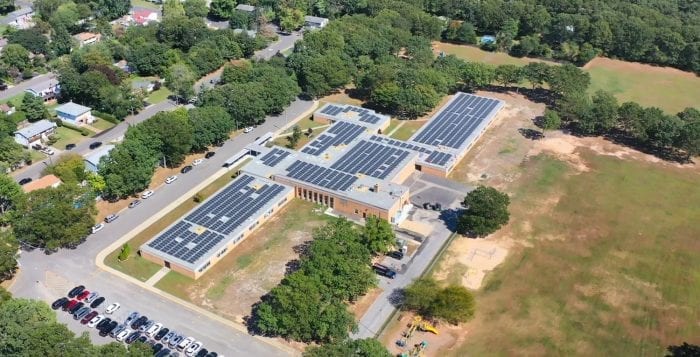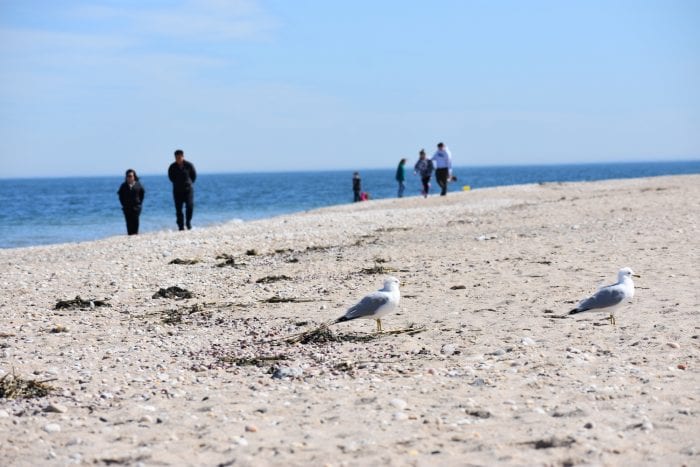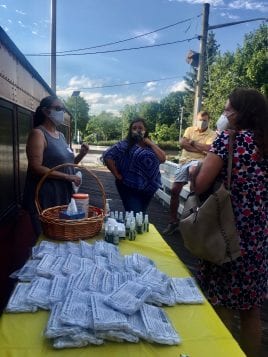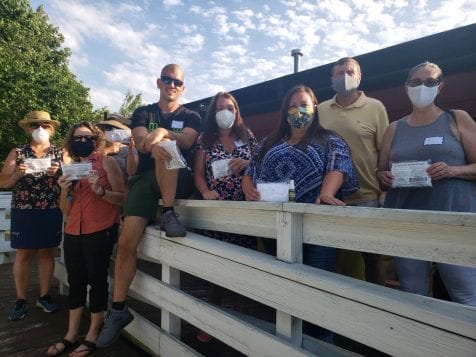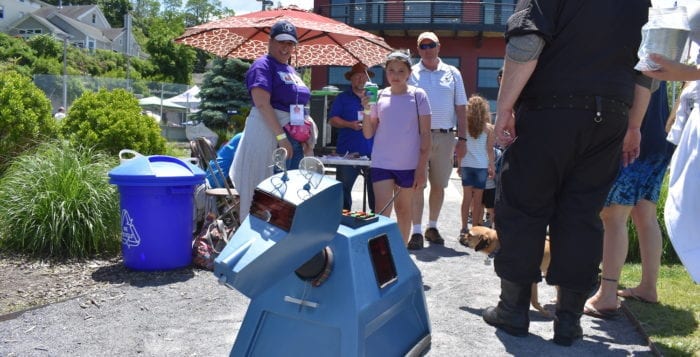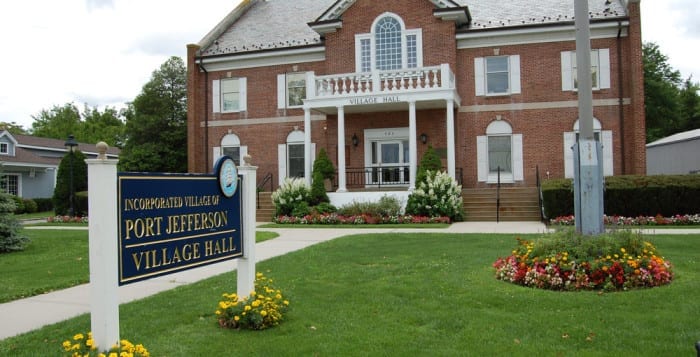The inevitable closure of the Brookhaven Landfill in 2024 looms large on Long Island and the surrounding region. The burden of how to dispose of millions of solid waste still remains unresolved. The Town of Brookhaven has been considering its options, and one of them could be a new ashfill just east of where the current landfill is located in Brookhaven hamlet.

Town Supervisor Ed Romaine (R) said 500 acres of additional land owned by the town could be used for such a site.
“There are probably 200 acres that we could take a look at for a regional ashfill,” he said. “We are looking to get feedback from other municipalities, we are in the premature stages.”
The site would handle only ash, and the town would not take any construction and demolition debris. While the money brought in from an ash site would bring in much-needed funds to Brookhaven, Romaine said it still leaves them with the issue of the construction and demolition debris, adding that with the closure of the landfill and no alternative for an on-Island site accepting that refuse, it would cause a crisis in the construction and building industry.
Currently, the Brookhaven Landfill handles over 350,000 tons of ash annually from energy-from-waste facilities, in addition to handling 720,000 tons of solid waste. Each day 2,000 trucks transport waste off the Island
Romaine said he hasn’t had any direct conversations with state officials or the state Department of Environmental Conservation on the idea of a new ashfill site. Though he mentioned some members of his staff may have had conversations on the matter.
For such a site there would be the need for an environmental impact study as well as DEC approval. The Town Board would also have to make a decision as well.
Though news about what could be another site of dumping in an area that has already complained about odor issues has not gone well with town critics.
Will Ferraro, activist and a 2019 Democratic candidate for Brookhaven supervisor, has created a petition against the proposed ashfill site. He said an ashfill site does nothing to solve long-term fiscal problems.
“Instead of making a proposal to solve our long-term solid waste crisis and the serious environmental health issues related to it, this will only exacerbate the threats to our air quality and groundwater,” he said.
Ferraro created the petition following a Newsday blog post discussing the potential ashfill site. His petition, “Say No to a Second Landfill in Brookhaven,” begs the Town Board to reject any proposals relating to a second landfill or ashfill site, as well as to develop a “comprehensive proposal to deal with our solid waste crisis, that can be brought to our regional partners at the state, county and town levels,” among other demands.
Romaine reiterated that the town is not considering a second landfill, but only an ashfill. Back in February at a Long Island Regional Planning Council panel, the Brookhaven supervisor called for collaboration to solve what he called a “regional crisis.”
In a June 15 letter to the council, Romaine reaffirmed his stance by urging it to work with the 13 towns, two counties, two cities and the New York State Department of Environmental Conservation to develop solutions.
“Even if we are able to do so now, it will still take several years to implement any changes,” he said, adding, “If we don’t address this issue now, it is going to be yet another thing that will make Long Island a less desirable place to live and work.”


